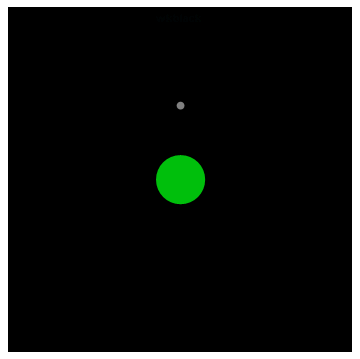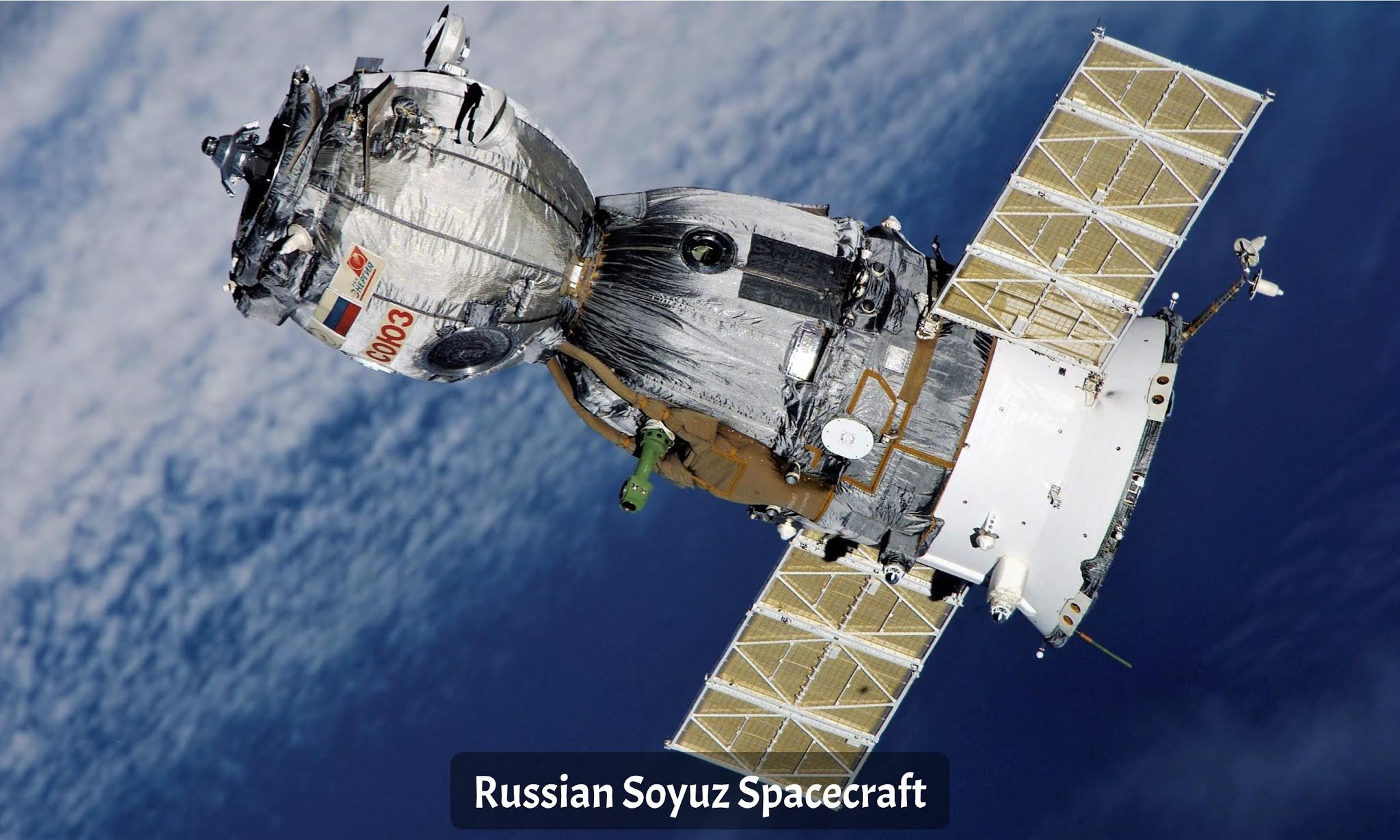The Sun is a Giant Bright celestial object of intense nuclear energy. It unleashes billions of tonnes of electromagnetically charged plasma hurtling into space causing what we know as 'solar storms'.

Coronal Mass Ejections (CMEs)
It is a phenomenon in which a large amount of magnetized plasma is released into space from the surface of the Sun. The matter which shoots off into space largely consists of electrons and protons with an average mass of 1.6 x 1012 kg with up to a speed of 3200 km/s as observed by Solar and Heliospheric Observatory(SOHO). At these speeds, These ejections take several days to travel to earth. But the fastest ever recorded was in 1859 during what we refer to as the ‘Carrington Event’.
What Causes CMEs?
Plasma on the surface of the Sun is an extremely good conductor of electricity and is highly affected by magnetism. The sunspots on the surface of the Sun are the regions where the magnetic fields get tangled. The Size of the sunspots can be anywhere between 15 km to 160000 km(multiple Earths can fit into it). Such enormous changes and disturbances in the magnetic field result in ‘Magnetic Reconnection’. Which converts magnetic energy into Kinetic energy, Thermal energy, and accelerates particles into space.
How do we see it?
The Sun is the brightest object in our skies, and observing the surface of such a bright celestial body isn’t possible without special equipment. ‘Coronagraph’ instruments are used as an attachment to the telescopes which is designed to block out the glare of stars to resolve the nearby objects. The ‘corona’ which is an aura of plasma extending millions of kilometers into space surrounding our sun is observed with the same technology.
Earths Magnetic field and CMEs
The Earth has its own magnetic field around the planet. When the Earth is hit by a CME, it is known as ‘Geomagnetic’ or ‘solar storm’. The force of the CME compresses the Earth’s magnetic fields for the duration of this storm.
When the solar storm originating from CMEs hit Earth's magnetic field, the particles are directed towards the poles. These particles which are mainly electrons and protons, are considered to be the main cause of beautiful lights being generated in Earth’s atmosphere known as ‘Aurora’ or ‘Polar Lights’.
The Carrington Event
It is the most intense geomagnetic storm recorded in the history of mankind. Midday on 1st September 1859, Amateur astronomers Richard Carrington and Richard Hodgson recorded the intense solar flares. During this geomagnetic storm, the CMEs had traveled 150 million kilometers to Earth in just 17.6 hours.
The auroras were seen all around the globe during this solar storm and could be seen from some regions along the equator. The electrically charged particles from the sun entered Earth's atmosphere and surged telegraph systems causing them to fail. Some events of electric shocks were also reported by the people operating the equipment and some operators could still send and receive signals even after disconnecting their power supplies.
One more CME hit earth in March 1989, less devastating than the 1859 incident which jammed radio stations and rendered the satellites in orbit useless for hours.
If today we are hit by CME as powerful as in 1859, It can cause devastation because a large part of our lives is surrounded by technologies driven by electricity. The most susceptible targets being Electricity grids and transformers if turned off can affect billions of people on Earth causing all sorts of issues including Manufacturing, Transportation, Food Production.
Mankind as a whole is shockingly unprepared for a natural disaster caused by super solar storms of such magnitude.





















